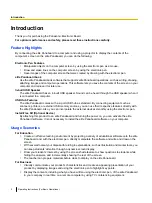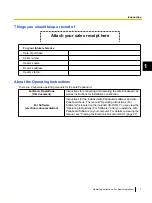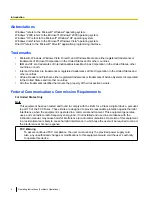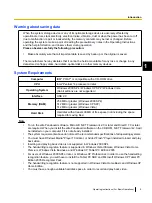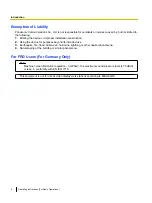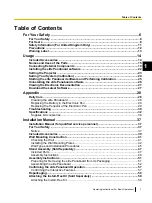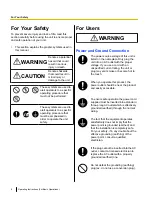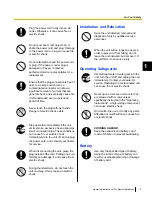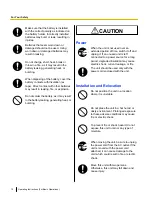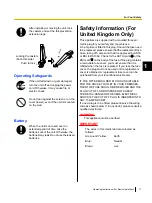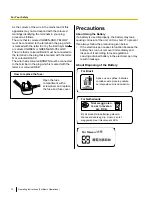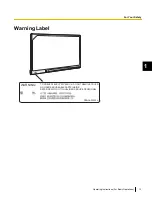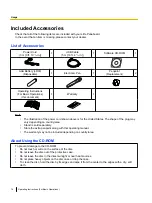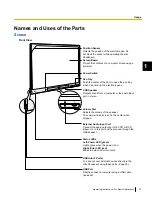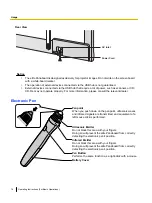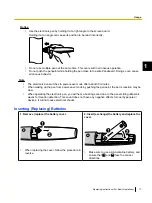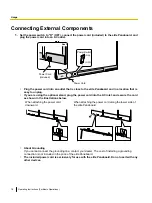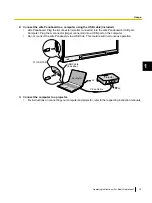
Abbreviations
Windows
®
refers to the Microsoft
®
Windows
®
operating system.
Windows
®
2000 refers to the Microsoft
®
Windows
®
2000 operating system.
Windows
®
XP refers to the Microsoft
®
Windows
®
XP operating system.
Windows Vista
®
refers to the Microsoft
®
Windows Vista
®
operating system.
DirectX
®
refers to the Microsoft
®
DirectX
®
application programming interface.
Trademarks
•
Microsoft, Windows, Windows Vista, DirectX, and Windows Media are either registered trademarks or
trademarks of Microsoft Corporation in the United States and/or other countries.
•
IBM and AT are trademarks of International Business Machines Corporation in the United States, other
countries, or both.
•
Intel and Pentium are trademarks or registered trademarks of Intel Corporation in the United States and
other countries.
•
Adobe, Reader and Flash are either registered trademarks or trademarks of Adobe Systems Incorporated
in the United States and/or other countries.
•
All other trademarks identified herein are the property of their respective owners.
Federal Communications Commission Requirements
For United States Only
Note
This equipment has been tested and found to comply with the limits for a Class A digital device, pursuant
to part 15 of the FCC Rules. These limits are designed to provide reasonable protection against harmful
interference when the equipment is operated in a commercial environment. This equipment generates,
uses, and can radiate radio frequency energy and, if not installed and used in accordance with the
instruction manual, may cause harmful interference to radio communications. Operation of this equipment
in a residential area is likely to cause harmful interference in which case the user will be required to correct
the interference at his own expense.
FCC Warning
To assure continued FCC compliance, the user must use only the provided power supply cord.
Also, any unauthorized changes or modifications to this equipment would void the user’s authority
to operate this device.
4
Operating Instructions (For Basic Operations)
Introduction


